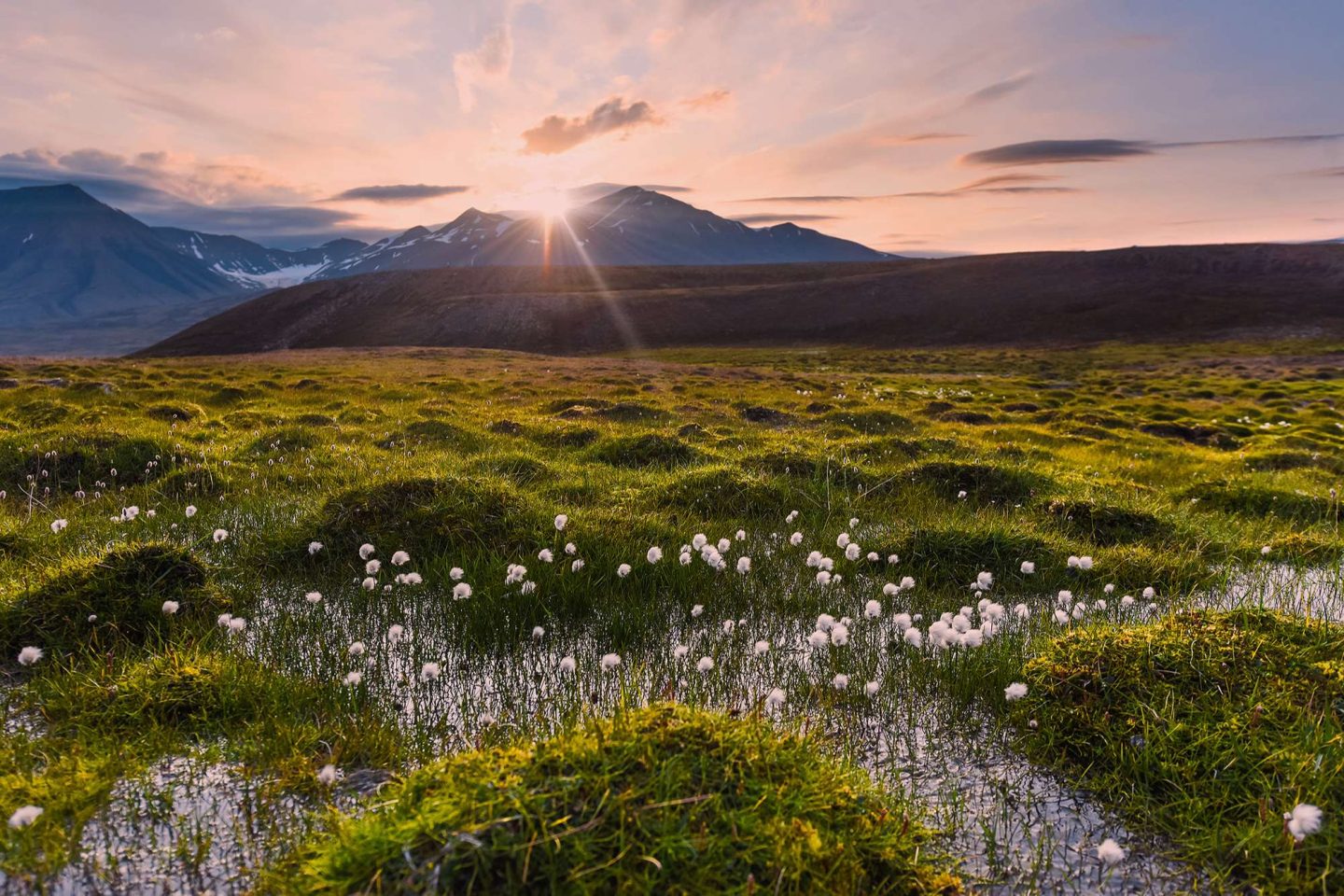
Updated April 30th 2020.
The Arctic is the northernmost region of Earth. Most scientists define the Arctic as the area above the ‘Arctic Circle’, a line of latitude about 66.5° north of the Equator. Within this circle are the Arctic ocean and the northern parts of Scandinavia, Russia, Canada, Greenland, and the U.S. state of Alaska. It is certainly spread out far and wide!
Its sweeping tundra, ice-choked oceans and incredible wildlife are well known – but did you know all of this?
Read on for our favourite facts about the Arctic…
1. Greenland isn’t that green
Greenland is said to have been inhabited from around 2500 BC but the harsh conditions of the region kept it unknown to the Europeans until the 10th Century. Icelandic sagas from the Scandinavian settlers tell of how Erik the Red named the country after much exploring. Although the country is not actually very green – in fact 80% of Greenland is covered in ice – he thought it would be more appealing to settlers if it had a ‘nice name’.
During the Arctic summer, the sun doesn’t set and temperatures range from 0 – 10°C. The quickly changeable weather conditions in Greenland can make travelling there a challenge. However those that do venture there are greatly rewarded, as there are very few places on Earth that can rival Greenland for natural grandeur. But take note, you are not able to drive between settlements in Greenland as there are no roads outside the towns – you will only find roads, traffic lights and roundabouts in the capital Nuuk.
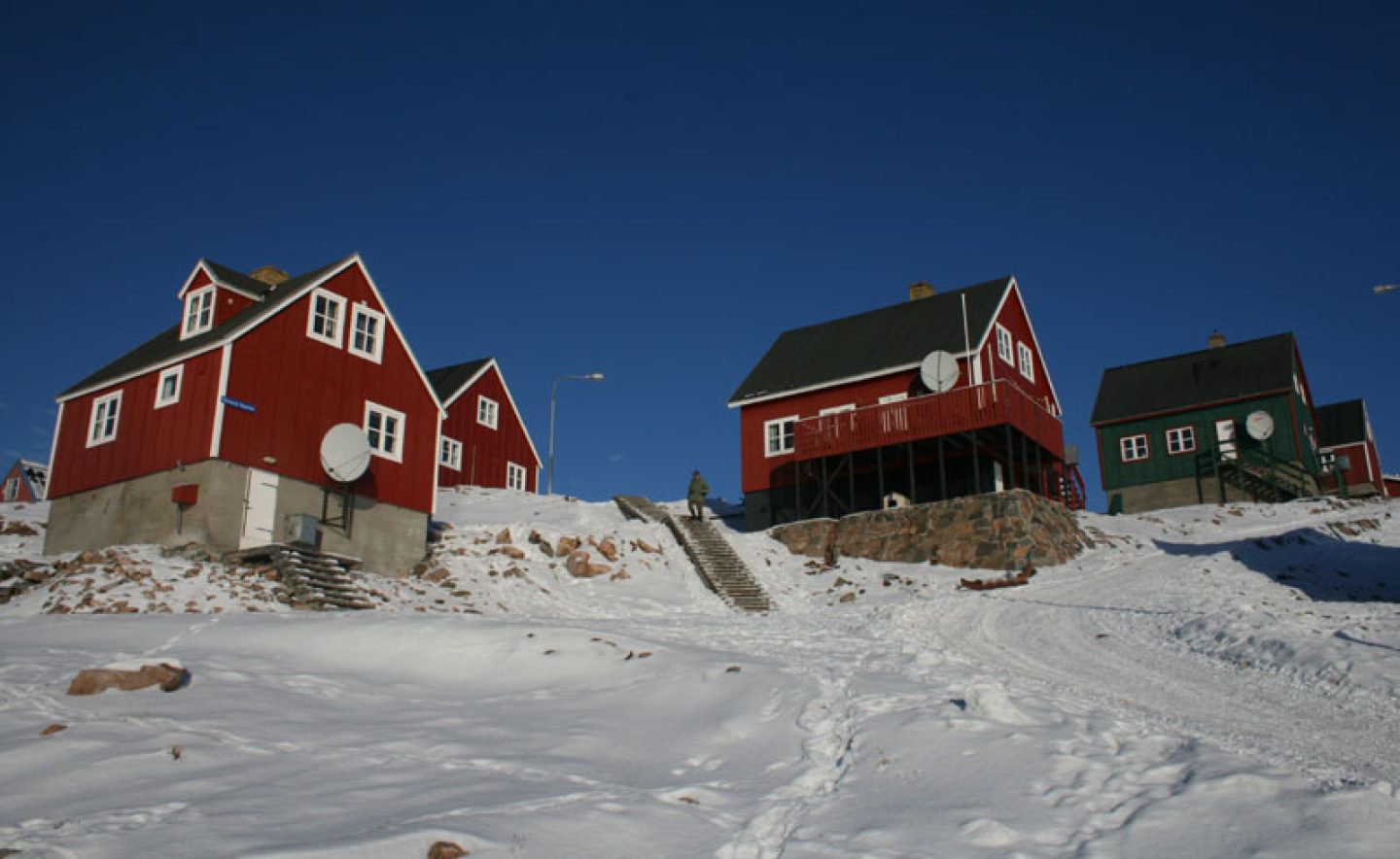
2. Polar bears aren’t that white
These mighty white bears evolved from their brown bear ancestors around 200,000 years ago and have adapted to life in the far North. The fur on their bodies is actually made up of thousands of transparent and hollow hairs – these reflect the light and so look white to our eyes. Unlike their Arctic mammal counterparts, the polar bear does not shed its coat for a darker camouflage in the summer.
The bear’s curious behaviour can be entertaining – it is known to shake its head from side to side when it wants to play and touches noses with another bear to ask permission for something, such as sharing its food. The polar bear is often regarded as a marine mammal due to the amount of time it spends out at sea, prowling the pack ice, and its ability as a very competent swimmer. These bears have been spotted in the open water as far as some 200 miles from land! The creatures’ running speed is about 25 mph, but as they are so well-insulated, they tend to overheat easily so running is best avoided!
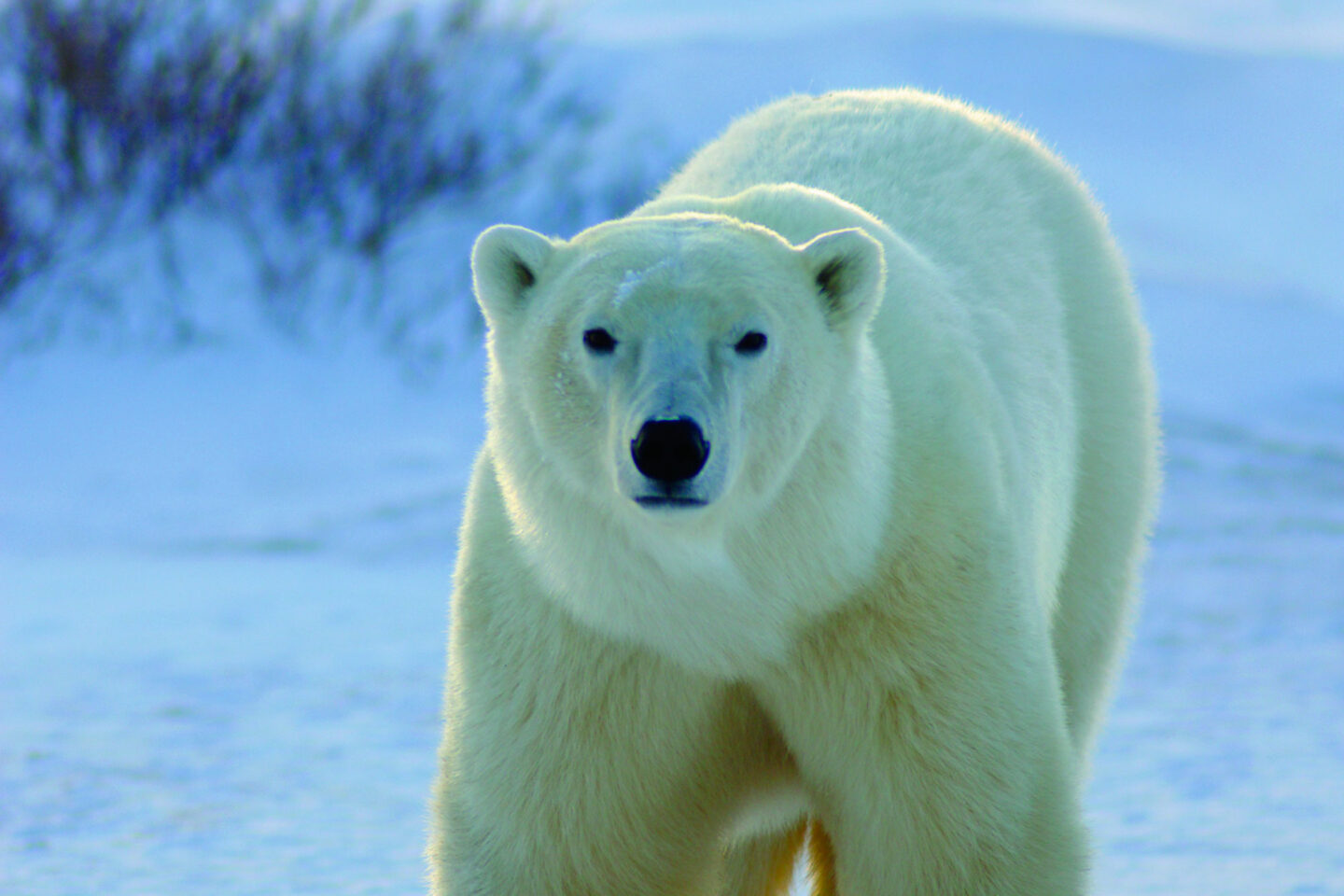
3. You can find the Unicorns of the Sea
Sword-fight anyone?
Many, including Darwin, believe that the tusk’s primary function is to attract the attention of a potential mate and determine hierarchy. It is actually an incisor tooth and can be up to 3 metres long and weigh up to 10kgs. This is quite impressive considering their body length averages 4–5 metres!
These whales cruise the Arctic seas and are the subject of an Inuit legend. The inhabitants of the Arctic believe that the Narwhal was created when an evil woman was attached to a harpoon rope by her son, who then harpooned a whale. She was dragged to the depths of the ocean and when she resurfaced her hair was wrapped around the rope, looking like a horn.

4. Who calls the Arctic home?
Greenland is also known as “kalaallit nunaat”, which means “the Land of People”. Despite the freezing-cold temperatures, over 4 million people live in this wintery wonderland. Amongst these are the indigenous people of the Arctic; ‘Inuit’’. They established communities and cultures thousands of years ago, and continue to thrive today. They have adapted with their environment and developed forms of transportation that have filtered into western lifestyles. These include kayaks, sleighs and in some cases snowshoes.
The Inuit seem to have influenced the English language too – kayak, anorak, igloo and husky are all to be believed to have stemmed from the Inuit. Just don’t try and describe snow to a local, according to an urban myth the Inuit have over 100 words for it!
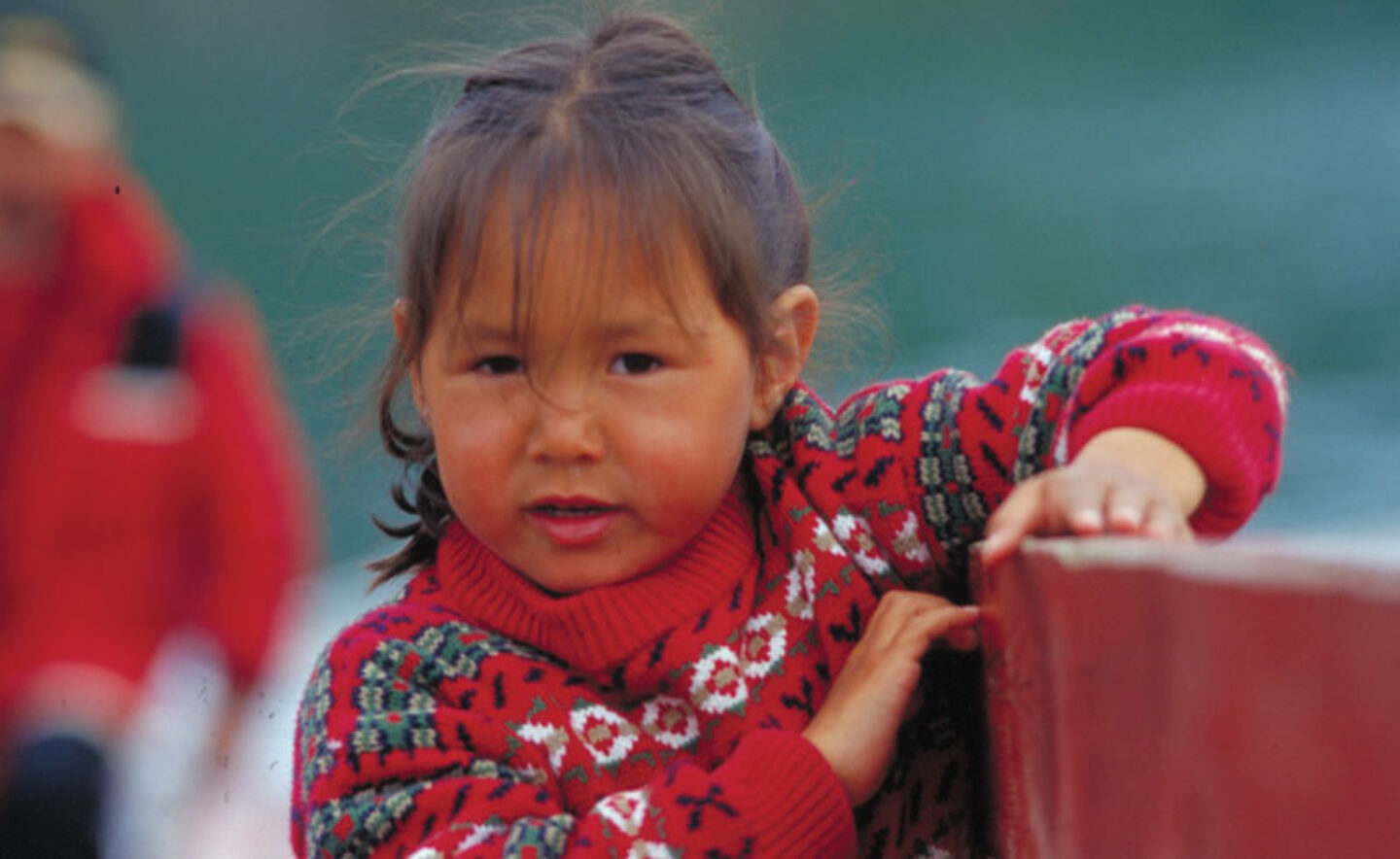
5. Who reached the North Pole first?
Even today there is an ongoing dispute of who reached the North Pole first. An American Naval Officer by the name of Robert Peary claims to have been the first to conquer the unforgiving environment of the Arctic. He was accompanied only by Matthew Henson and claimed that on April 6 1909, he was the first to reach the pole.
The speed at which he claimed to achieve this amazing feat puzzled many as Peary had actually lost eight of his toes due to frostbite on previous expeditions. When he returned, it seems that someone else had beaten him to it, a man called Dr. Frederick A Cook, however Peary was honoured by congress in 1911 despite the mystery surrounding his claims.
In April 2005 a British explorer, Tom Avery, set out to retrace Peary’s and Henson’s footsteps and prove the sceptics wrong. Travelling in a similar style to Peary’s with teams of Canadian Inuit dogs and custom-built wooden sleds, Tom’s expedition team even managed to beat Peary and Henson’s time of 37 days by 5 hours!
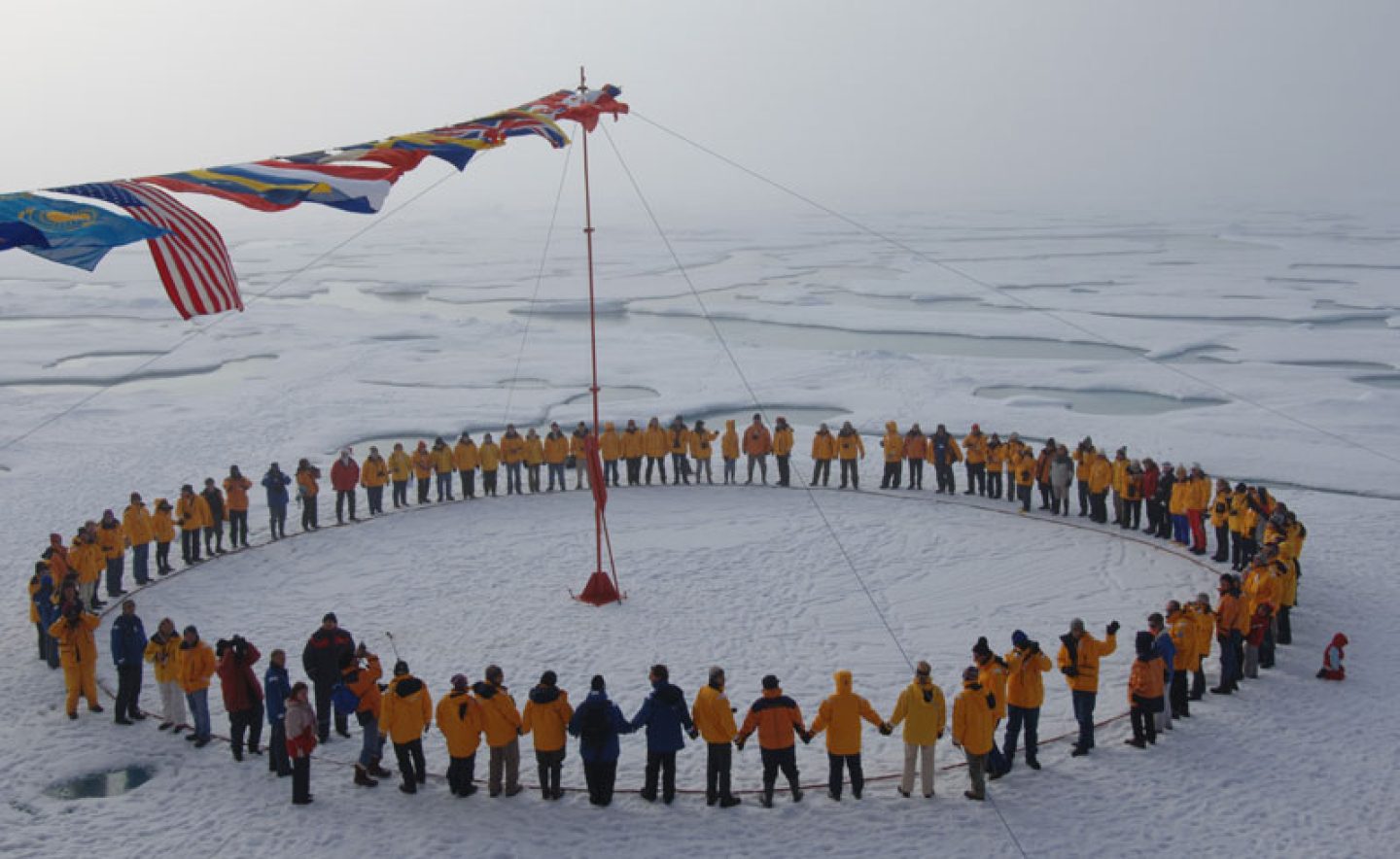
6. It is the ocean at the top of the world!
Ideas of what define the Arctic region vary, but essentially the Arctic is a vast ice covered ocean surrounded by 8 countries – Canada, Russia, Greenland, the USA, Norway, Sweden, Finland and Iceland.
The Arctic Ocean is the shallowest and the smallest of the five oceans of the world – it is around 8% of the size of the Pacific Ocean. The Arctic Ocean is covered by an ice cap, which varies in thickness and size – making it a spectacular haven for fish and marine life. There are more fish that live along the edges of the Arctic Ocean than anywhere else in the world!
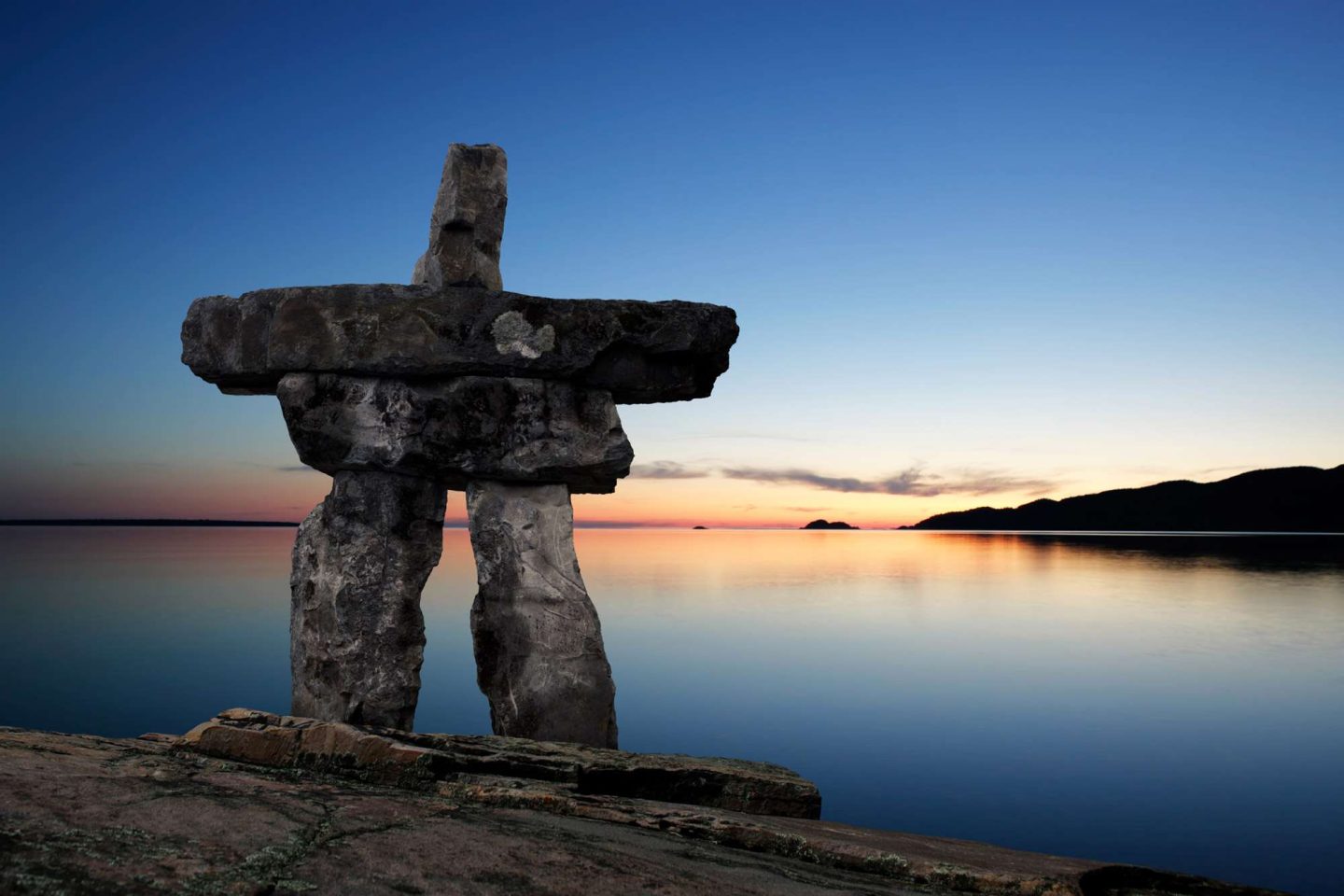
7. An unexpected gastronomical treat…
Suaasat is Greenland’s traditional soup dish, which is boiled seal meat with rice and onion. The Inuit people rely on a protein dominant diet, as the harsh climate and conditions make it virtually impossible to grow vegetables or fruit. Ringed or bearded seal, beluga whale, fish and even polar bear make it onto the Inuit menu.
The diet gives the Inuit the necessary energy for hunting, although in recent times there has been a decline in the number of hunters, with young people becoming more accustomed to western food available from the south. Although their food choices can seem quite alarming a study undertaken in Northern Quebec showed that the Inuit diet actually prevents heart disease and cancer.
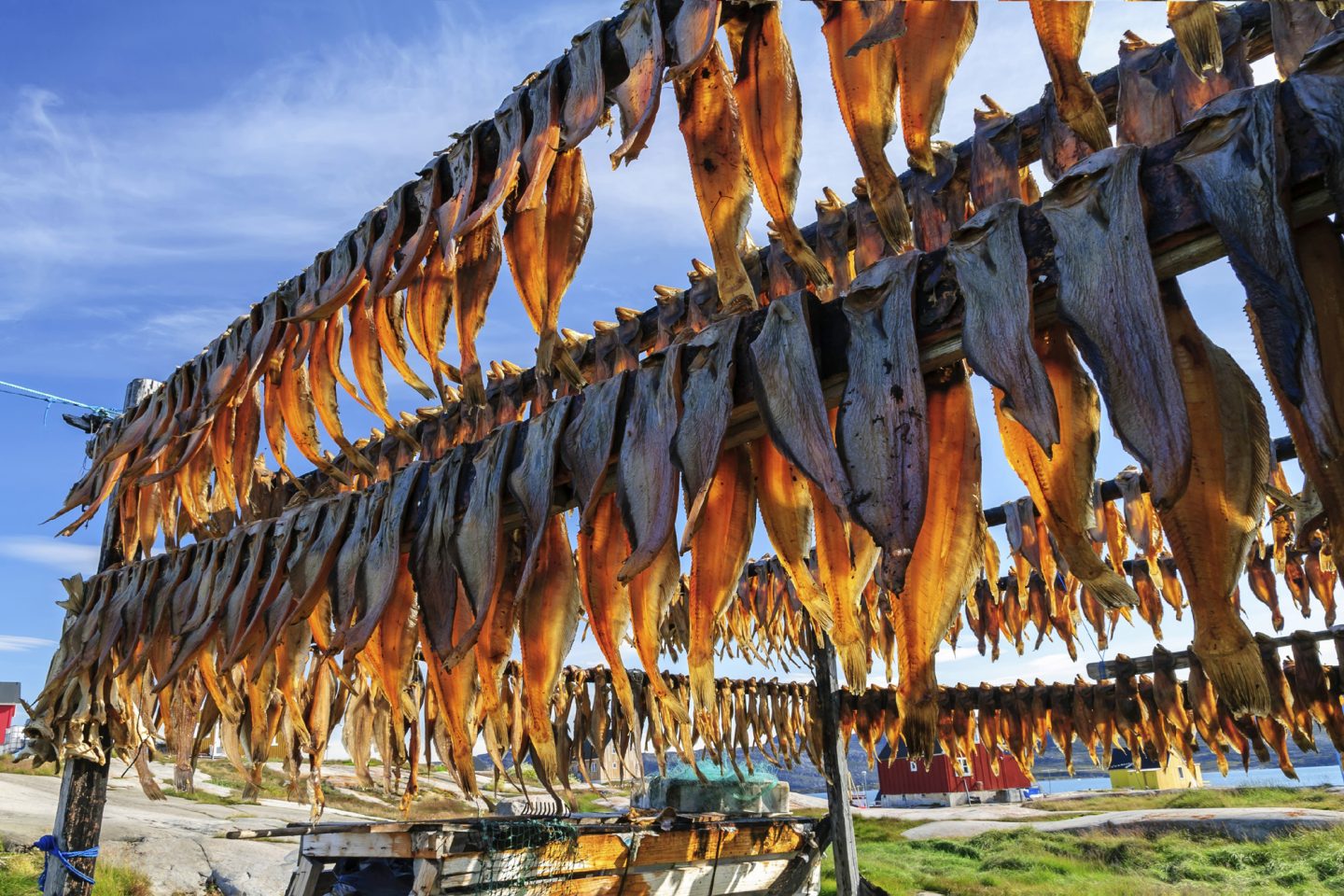
Feeling Inspired?
Learn more about the Arctic by reading our travel guides.
For further information about the Arctic Tundra, check out this article from National Geographic.

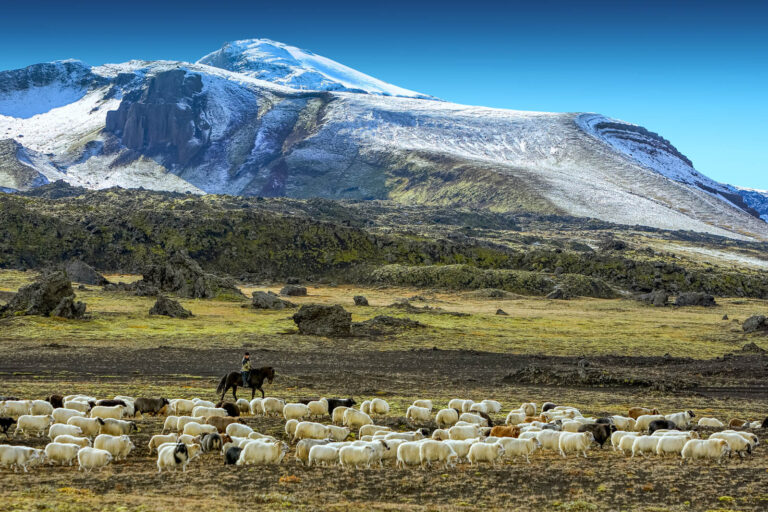
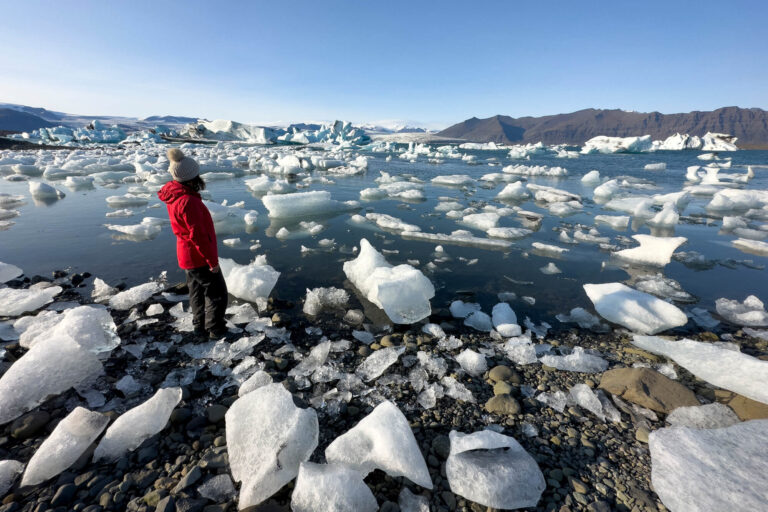



 Instagram
Instagram
 Facebook
Facebook
 YouTube
YouTube